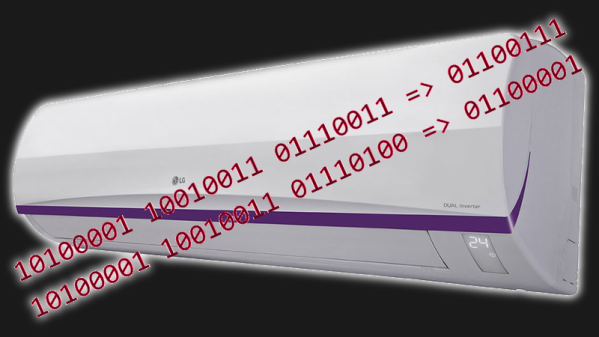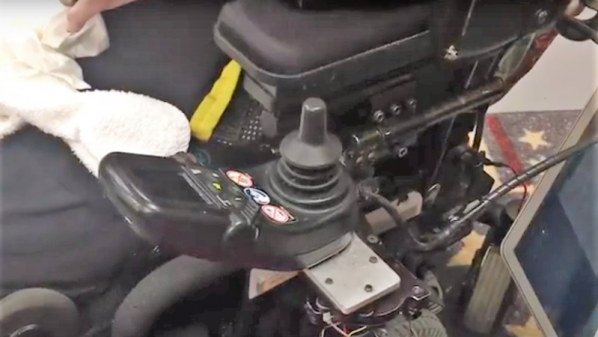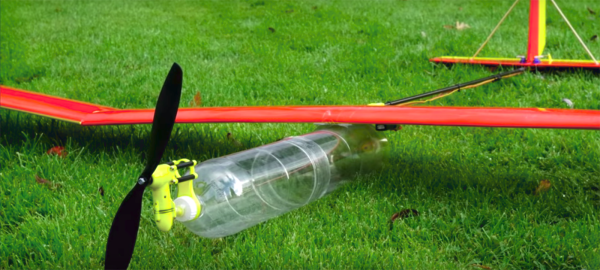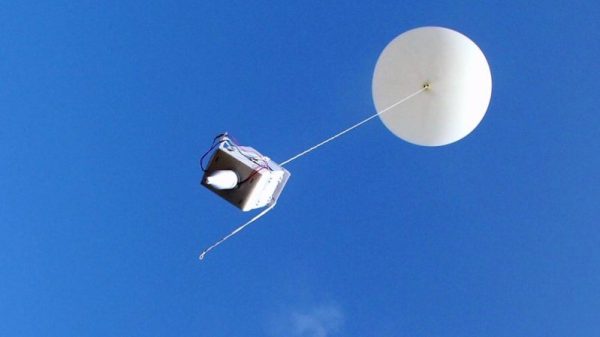The Hexbright was a Kickstarter project from a few years ago, to create an open source, rechargeable LED light. [Nick] quite likes them, and has learned a thing or two about keeping them operational.
The torches have a few key issues which [Nick] lists for us, before outlining the necessary repairs. These problems highlight certain design flaws, something one might expect for a hardware product from a new startup. Components inside are easily damaged if the device is dropped, and there is no reverse polarity protection on the battery.
It’s always disappointing to see a product in the marketplace fail to take into account such rudimentary things, but in the meantime, repair is always possible. The guide highlights the basic parts and tools required, which is important, but also goes the extra mile and gives important hints and tips on how to effectively execute the repair in a quick and easy fashion.
Overall, it may not be a hack, but what [Nick] has done both educated on us the mistakes made by a crowdfunded hardware startup and also taught us how to write a useful and thorough repair guide. It’s not just about the parts that need to be replaced, it’s about the best method to replace them. The details and the order of operations always helps – anyone that’s ever attempted a serious automotive repair knows this, for example.
We see a lot of great repair hacks here – like this excellent use of a 3D printer to reproduce belts for old hardware.


















